Our year away has brought quite a few reflections in terms of living sustainably, both in terms of ourselves personally, and of the world around us here in South America.
So here goes…
When we chose to begin this adventure, we left behind a way of living that is probably relatively common in the world we have been brought up in. We lived in a house powered by with a combination of electricity and gas, drove a medium-sized car most days to schools, creches and extra-curriculum kids classes, went on foreign trips during the year (usually flying) and travelled in and out of city centre office locations.
To break that down into some assumed annual numbers:
1. Distance driven – 20,000km
2. Vehicle fuel efficiency – 6l/100 km
3. Electricity usage (non-solar) – 4,200 kw/h (assume national average)
4. Gas usage – 11,000 kw/h (assume national average)
5. Water usage – 125,000 litres (assume national average)
6. Flights – 45,000 km (total for 4 people)
During our year travelling, we bought a second-hand vehicle (which was already in South America), we are solar powered for most of our electricity requirements, we cook and heat the vehicle with gas and we flew from Madrid to Santiago to begin the trip, and subsequently took one-return internal flight during the year.
Looking at that in some rough numbers:
1. Distance driven – 25,000km
2. Vehicle fuel efficiency – 10l/100 km
3. Electricity usage (non-solar) – 500 kw/h
4. Gas usage – 1,000 kw/h
5. Water usage – 15,000 litres
6. Flights – 50,000km (total for 4 people)
While not everything energy related will have been captured above, relating to both life in Ireland and life on the road, it does make for interesting reading.
In calculating these figures, a few things stood out for me;
- Water usage. Here, we are constrained in terms of where we can get fresh water. We are also constrained by the amount of water that we can store in the van. Both things combined mean that we try to use the water we have as slowly as possible. It’s amazing to see how the volume of water we actually need to live comfortably, versus the amount that we all routinely use, compares.
- Electricity usage (non-solar). While we did stay in the odd rental accommodation, plug into some campsites and charge our battery while driving, this made up just a very small portion of the total electricity that we used. It really has been great to see first-hand the benefit of solar panels for a family of four living on the road.
- Gas usage. Heating such a small living space has proved incredibly easy. It has been quite rare that we actually needed to turn on the heat. Even in very cold locations such as Patagonia, often the heat from our cooking would be sufficient to heat the rest of our home!
- Driving distance/Fuel efficiency. While we drove further than we usually would at home, and in a less fuel efficient vehicle, the figures are not as far apart as I would have thought before we began.
Looking ahead to the next year of our adventure, we will look to travel at a slower place, driving considerably smaller distances, as we travel through Central America. We do however intend to visit Europe, so our flight distances will likely be higher.
In terms of sustainability and the world around us, we can take a little more of a qualitative look and comparison.
In Ireland where we lived, more and more electric and hybrid vehicles are appearing on the roads each year. We certainly noticed this trend close to where we lived in Dublin. A growing number of people commute and travel in general on bicycles. Trains and trams are available and much used by the general public.
Also, in Ireland at least, a huge proportion of food, particularly fruit and veg, is imported. In 2020 for example, the country imported nearly 900,000 tonnes from countries such as South Africa and Costa Rica.
In South America, rural settings are where we saw more bicycles in use, with cities flooded by city buses and copious amounts of cars. Trains, trams, metros or electric vehicles are much less visible. We noted that we did not see an electric car for about 6 months or 15,000km of our journey here.
Yet the daily lives of people in South America, from what we can see anyway, would be much less environmentally impactful than that of the western world. They would run fewer devices in their homes (air conditioning and clothes dryers for example would be quite luxurious in many places), travel by air much less frequently, and from what we have experienced anyway, source their food almost 100% locally.
This last point, one that I believe often goes unnoticed, has a crucial impact on all our carbon footprints each year.
In terms of energy generation, we have been surprised by the lack of wind or solar farms we have seen on our travels. Whether it was in the Peruvian deserts or the Patagonian wilderness, there really were no signs of infrastructure to harness these natural weather conditions. In Ireland anyway, we have seen more and more efforts lately to use what is around us to power our homes and businesses.
From a disability infrastructure perspective, South America really lags Europe in almost every way. When there are footpaths, they are usually unsuitable for wheelchairs to use. Dedicated parking spots are almost unheard of, except for the very odd neighbourhood in the main cities. Toilets in restaurants and cafes are simply not designed for anyone with a disability. Also, public transport such as buses usually lack accessible entrances/exits and internal space for wheelchairs or elderly seating.
A very interesting thing we saw and learned about this year has been the guadua bamboo tree. Known locally in Colombia and Ecuador as “vegetable steel”, it is incredibly strong and grows naturally in the north Andean region. Its use has increased in the construction world in recent years and we have seen many houses built using this material. Also, due to its fast growth, it is something that can be used and regrown in a relatively short time period.
The last things we have noticed on our travels is how the management of rubbish varies. We came from somewhere that of course has its waste management challenges (both political and social), yet in general is something that people respect and actively try to collaborate with. Recycling is also prevalent in society and noticeably improving.
In South America, unfortunately it is a very different story. Beginning with recycling, this is a concept which is fairly non-existent, even at the most basic level of having more than one type of bin available to dispose of rubbish. When there actually is, people seem to either be unaware or apathetic and fill each bin with whatever material they fancy.
In many locations we have been, with Peru being by far the biggest culprit, the availability of bins in towns or villages, or formal rubbish collection services, are simply not available. This results in rubbish being burned beside people’s houses, or simply discarded on the side of the streets or in rivers. It really is a sad sight to see and something that needs urgent action from all involved.
So after all that, we will not offer any definitive answers, right or wrongs, or actions related to the above. They are just some things we have lived and noted during our time away. We will as always try and learn from what we have experienced and look to improve wherever we can.
Looking forward to seeing what Central America can teach us about sustainability in the year ahead!
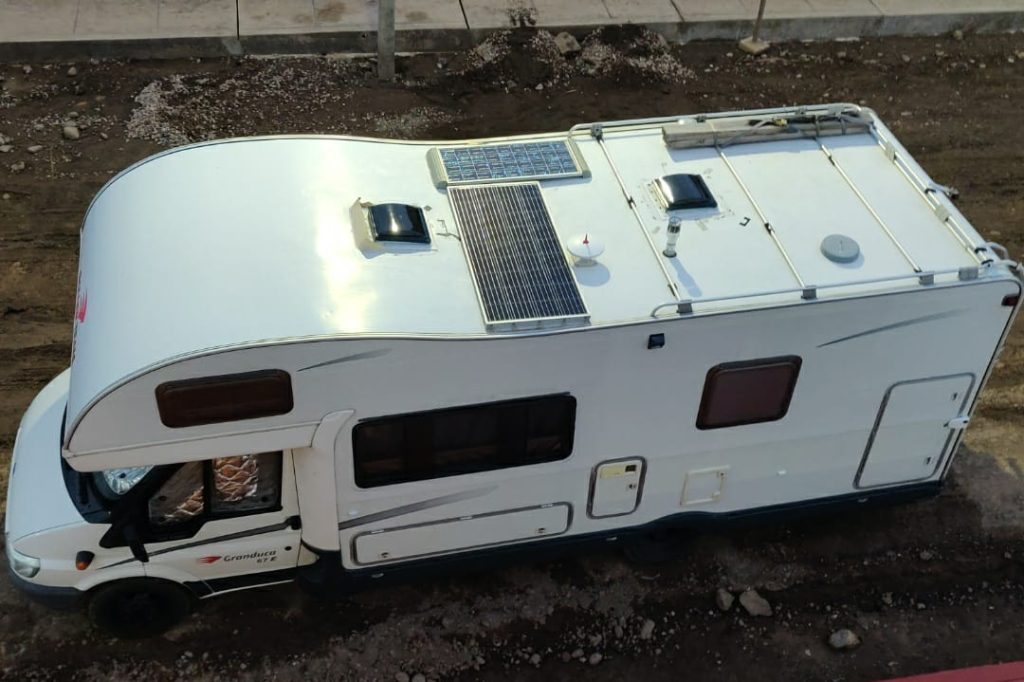
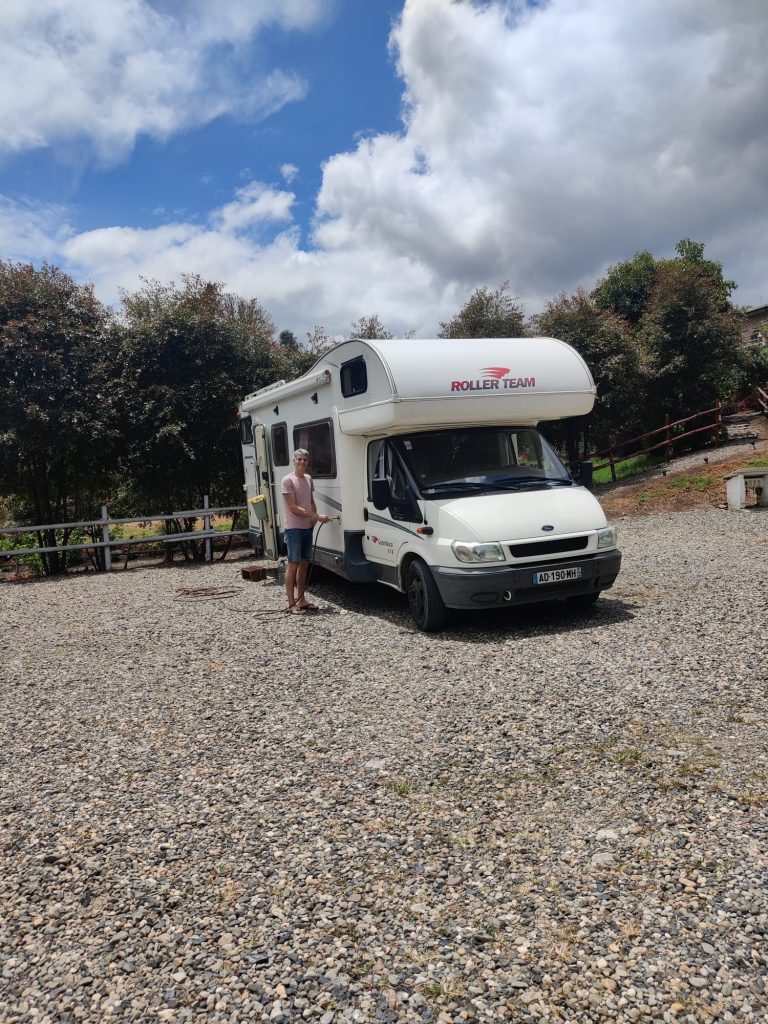
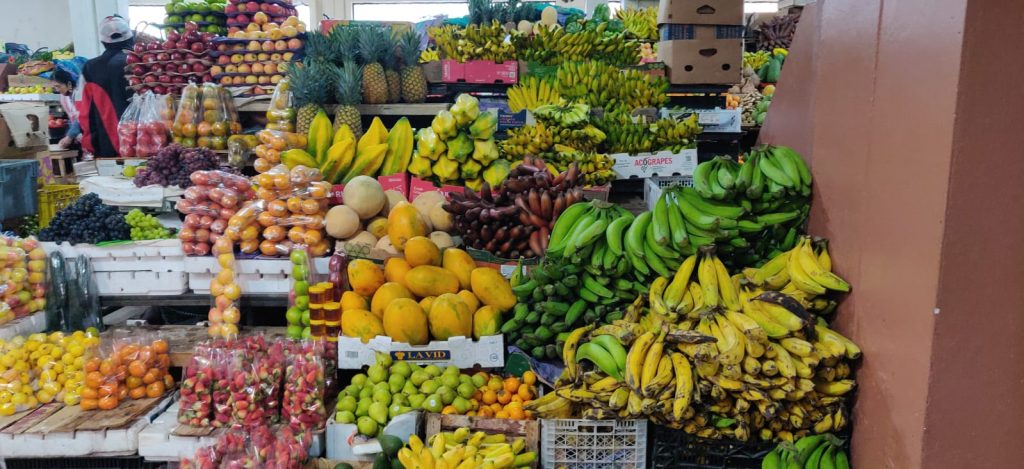
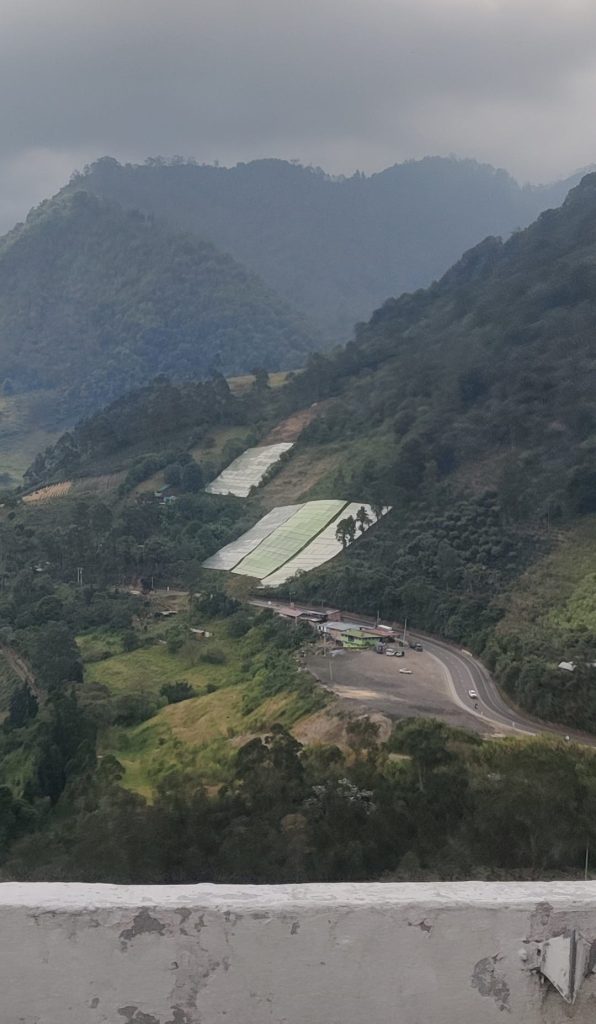
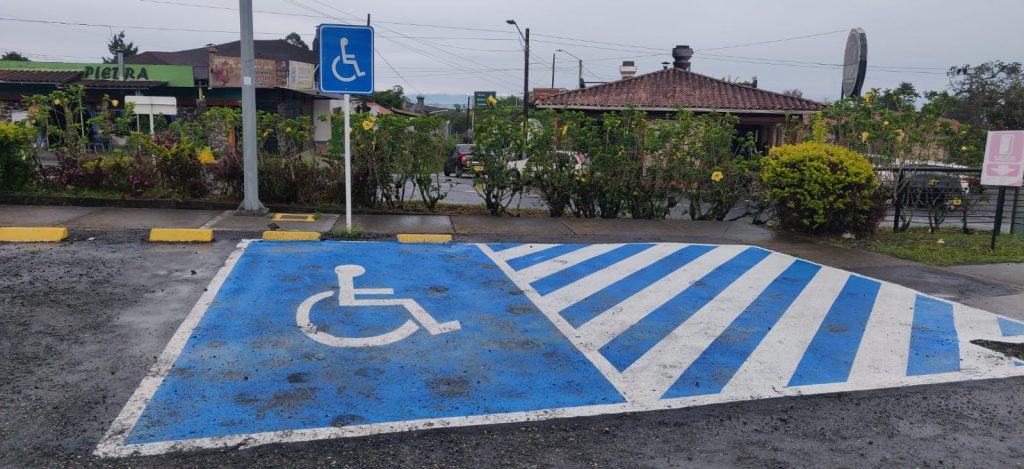
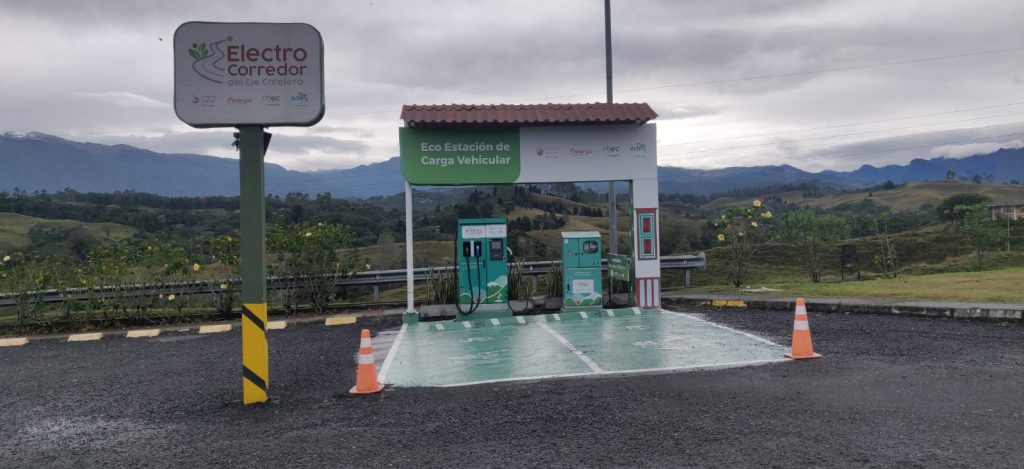

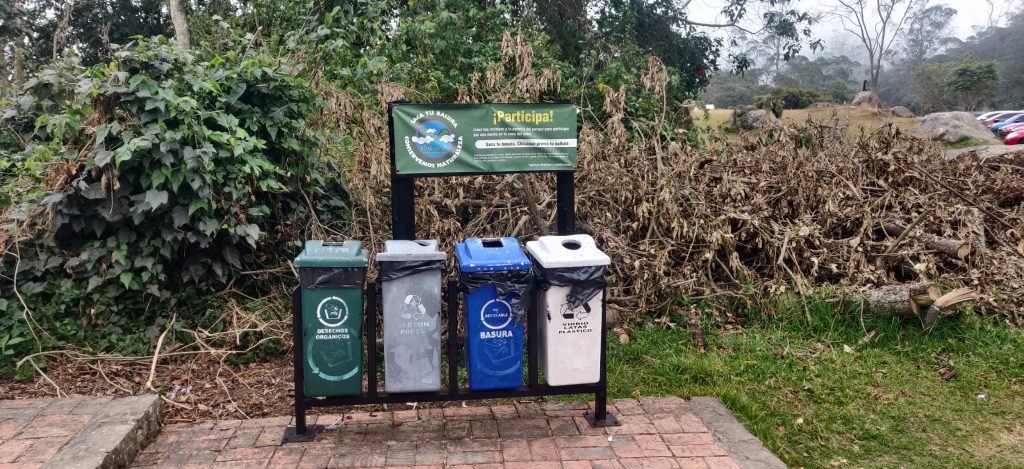
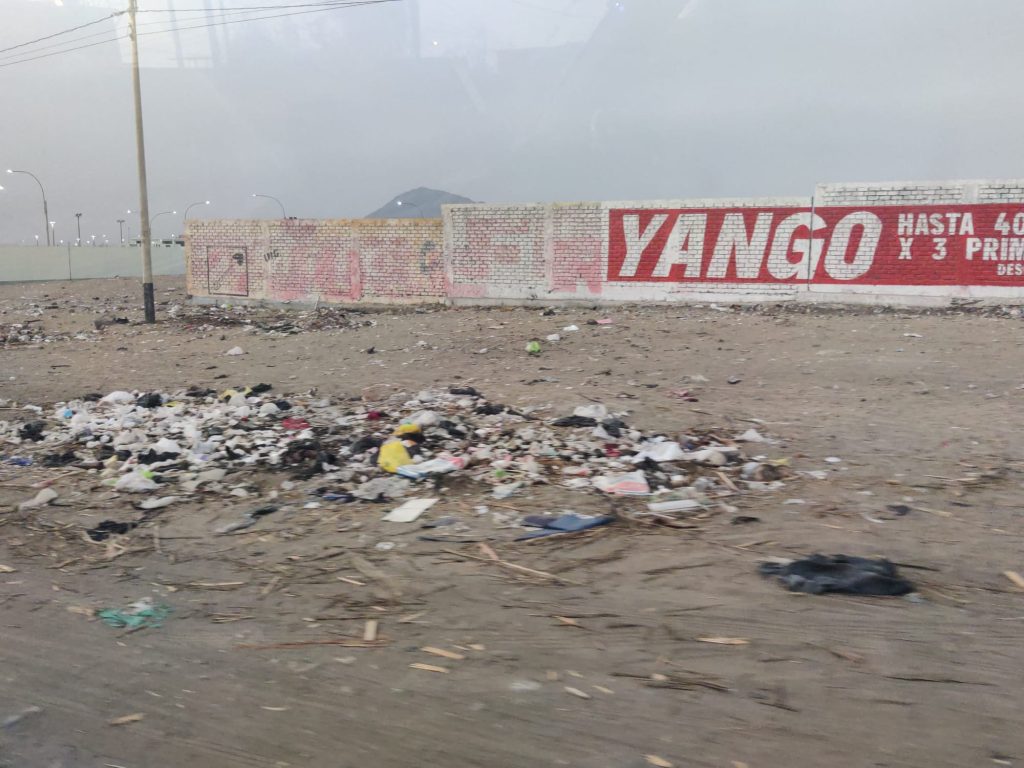
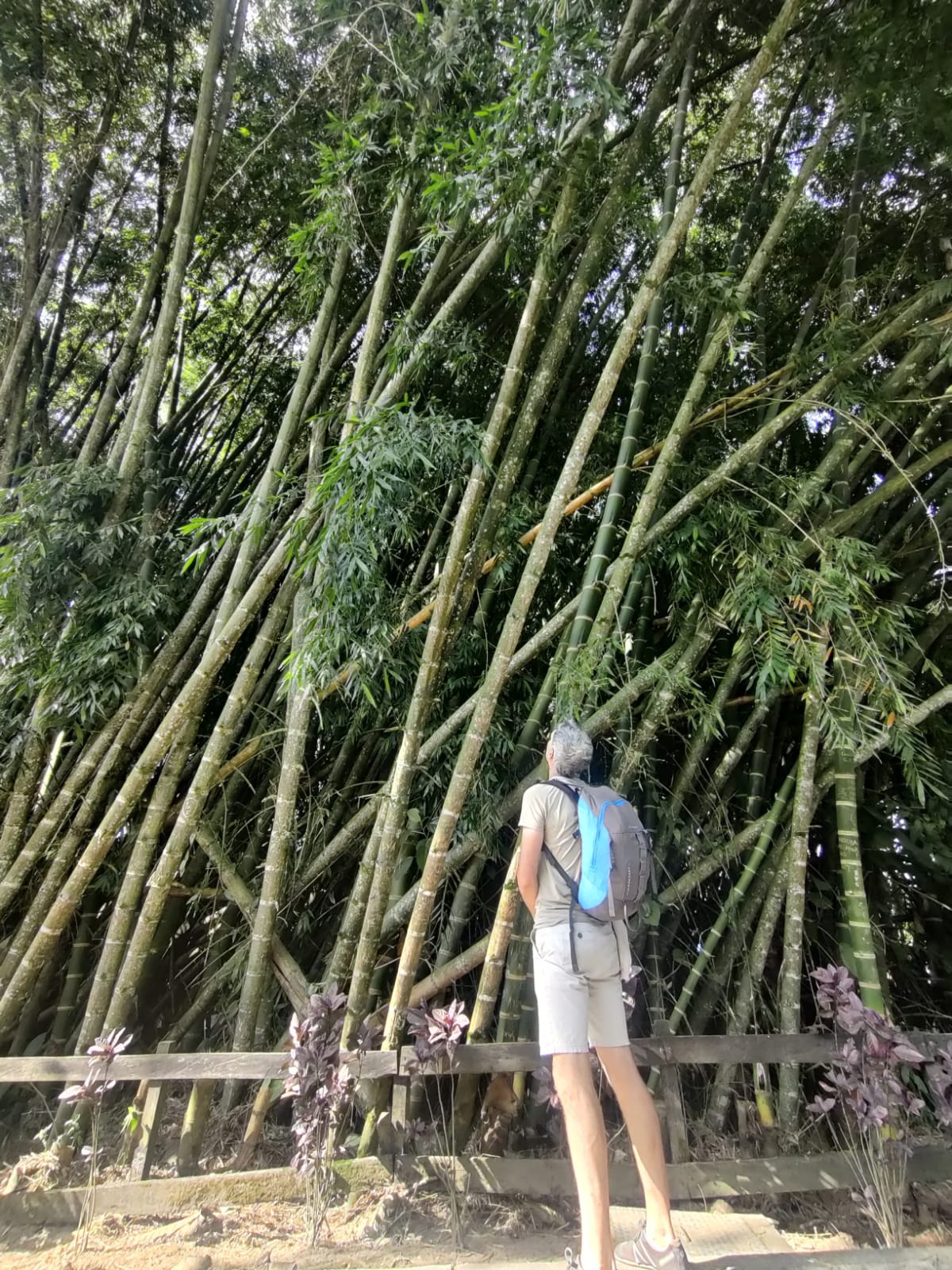
Leave a Reply